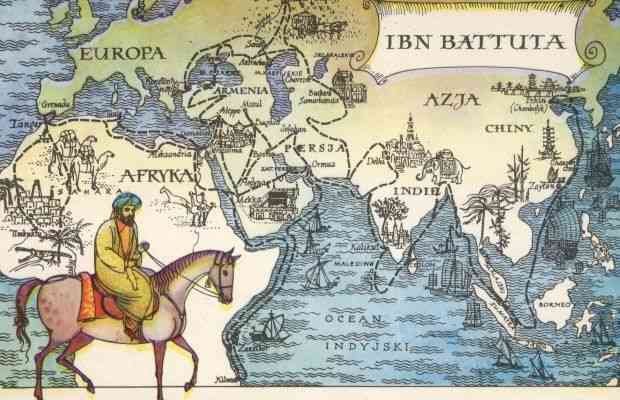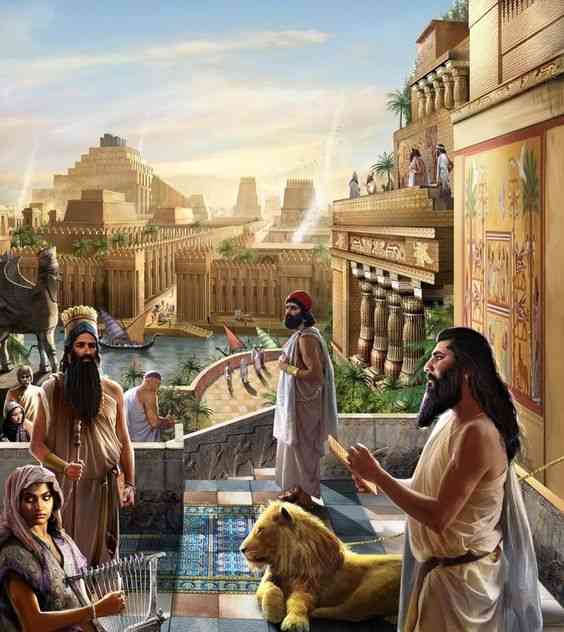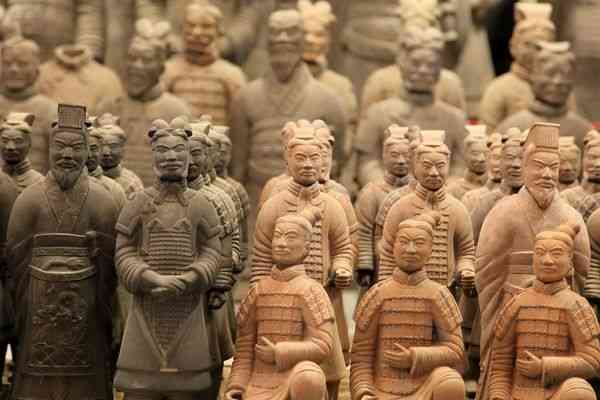Many ancient myths revolve around life after death, so we find many rulers in ancient empires preparing themselves for this life and may make all his life devoted to building his grave or tomb to have a home after death.
Among the famous examples of this is what the ancient Egyptian pharaohs did. They built the pyramids and placed places for food and drink in them and even women and put magic spells and curses to protect themselves after death.
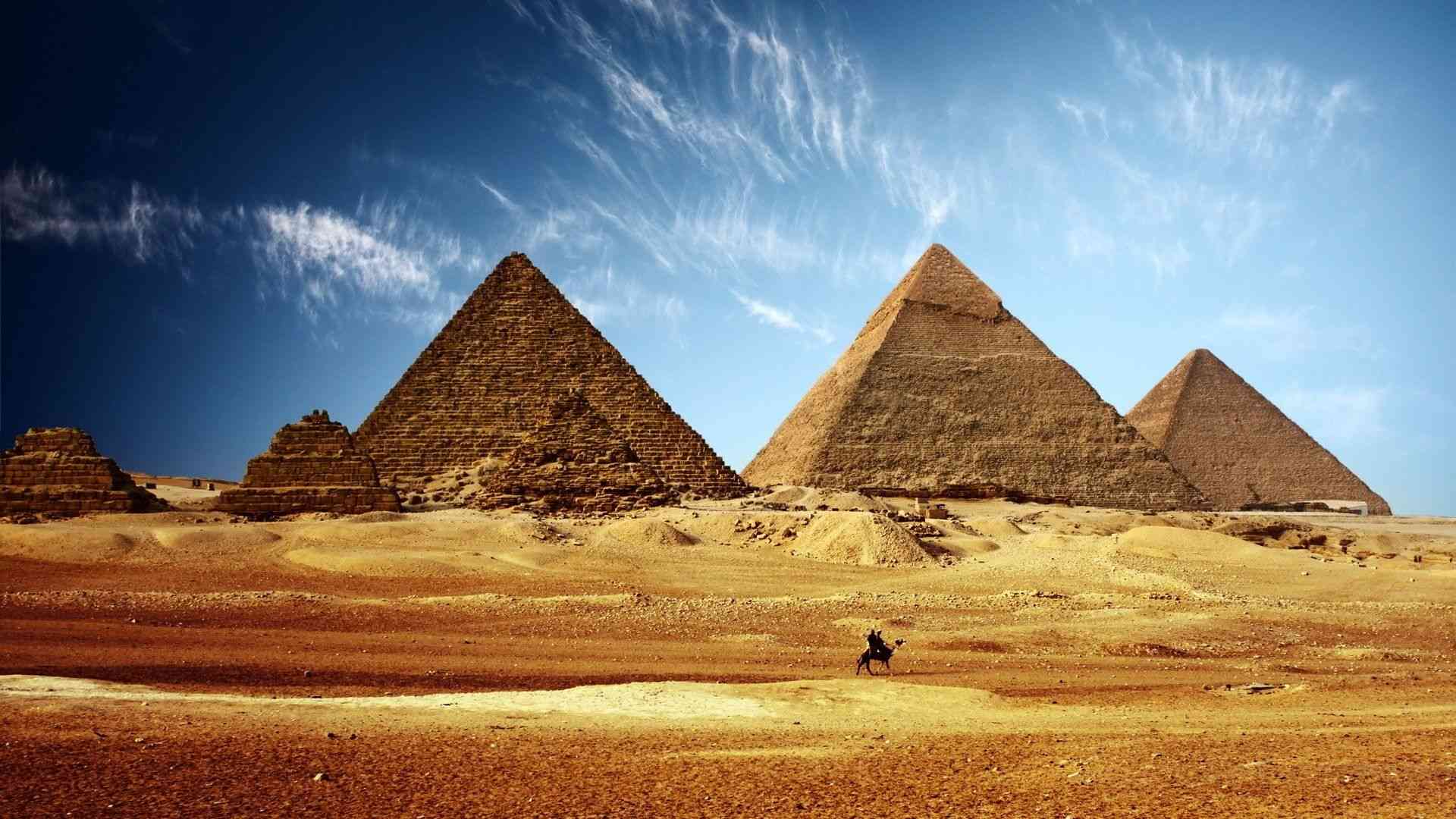
This may seem a little strange, but the strangest thing is to equip a shrine of himself and protect it with thousands of stone statues, fearing for himself from enemies even after his death, as did Emperor (Qin Shi Huang), the first emperor of China.
- Chen Shi Huang
He was called the first unified emperor of China, where China was ruled by the "Zhou" dynasty, which is the most ruling dynasty of China, and its rule reached 1000 years. China was made up of seven disputed states, then Chen Shi came and united them all under his rule and absolute authority and called himself "the first unified emperor of China."

- Great Wall of China :
It is one of the most important wonders of the world, it was built in two phases, the first was in the era of the Zhou Dynasty, and the second was completed by Qin Shi Huang to protect his country from the Tatari and Maghole invasion from the north and northwest. We will talk about this topic in a later article.
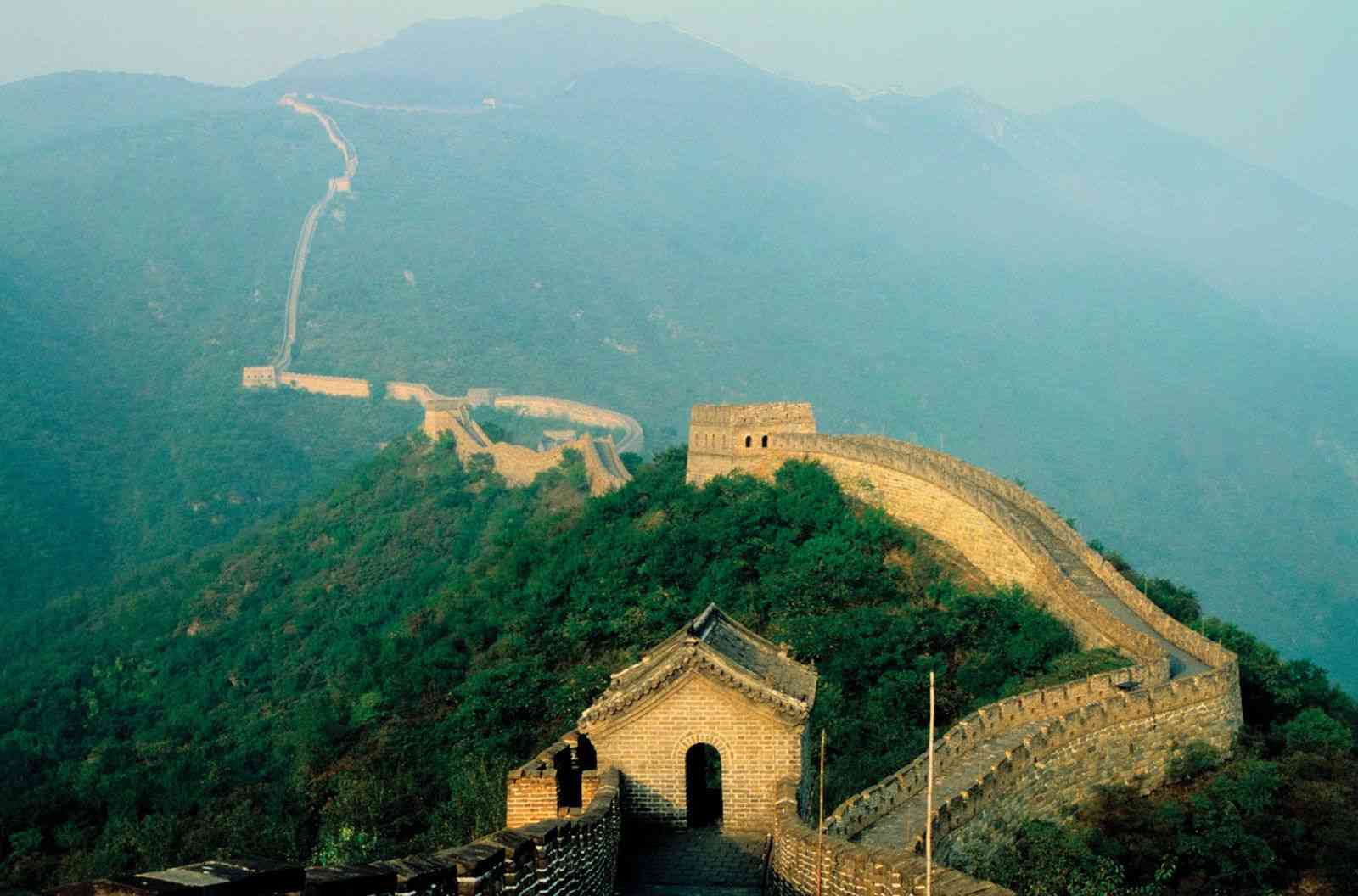
After Chen reached a feeling of psychological comfort and eternity after he built the Great Wall, he preoccupied himself with preparing his house, which he would inhabit after his death, and here he began to think about a wonderful and new way that no one had ever thought to immortalize his name forever, and on another side to protect himself from enemies in the East, he decided that He builds a masterpiece that also contains the most beautiful statues and valuable artistic and architectural treasures.
Mausoleum of the first emperor
It is one of the largest funerary temples in the world with an area of 22,000 square meters.
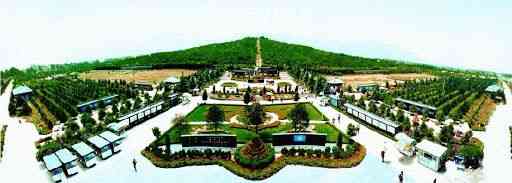
It is located in an area located to the south, overlooking a river and facing north.
And middle and half of it, the terracotta, chin that is inside.
- Parts of the shrine
Part of several parts - all of them external -
1- An inner city, and a wall separates it from the hill
2- Next to the city are the minor palaces
3- Some offices belonging to palaces
4- Stables for animals
5- In the middle, the most important landmark is the tomb of the Emperor (Emperor chin Hill).
- Emperor Chen Hill
It is the edifice that Chen prepared to prepare himself for life after death, its shape resembles a hierarchical shape. Engineers at that time may have taken the idea of building it from the Pharaonic civilization, but my opinion is slightly different, as the construction of the hierarchical form was widespread at that time because it is considered a sacred form in all civilizations The pyramid is considered in many civilizations as a form that expresses the physical embodiment of death and its transfer from the earth to ascending to the sky.
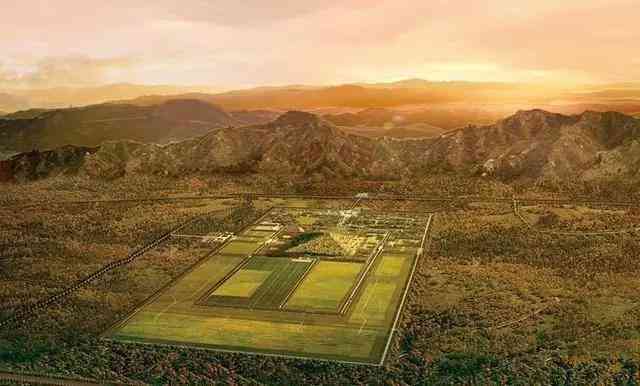
Terracotta Army of China
It is an army of 8,000 statues that were built after Qin Shi Huang guaranteed the immortality of China in his life - when building the wall - so he decided to build these statues to protect him even after his death.
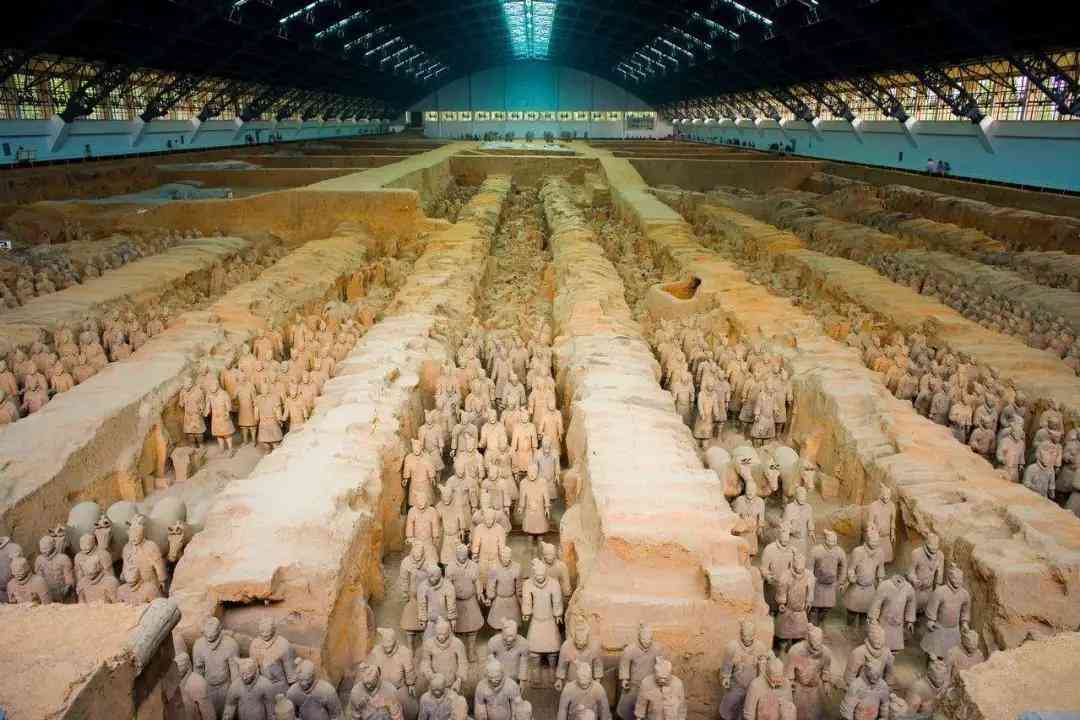
These statues are in the form of soldiers, knights, and horses, each carrying their weapons and counting for any possible battle. These statues were discovered by peasants in 1974 AD while digging a well in the outskirts of Xi'an, China, "the ancient capital of China."
- Army building
Chen Shi Huang ordered to build a large army of statues that mimic in its shape and nature his real army, and this is because of his desire for his army to accompany him after his death in his eternal journey as they accompanied him on his journey during his life, so the most skilled imperial artists ordered to build the army and the number of artists who worked on statues exceeded thousands to add. Up to 700 thousand workers who carried out the emperor's wishes, the wonders of this place do not end only in the numbers of those who built it, nor in the numbers of statues, and what many wonderful mysteries that hold our breath are presented to us.

- Artistic wonders in these statues
1- Statues were made using manual methods and not by molds, which made this matter a little more difficult and some materials were used to preserve the statues from damage over time.
2- The statues were made according to the shapes, sizes, and arrangement of the ancient soldiers, knights, and officers, which makes the clothes and weapons not similar between each group.
3- The facial features are different in each statue separately, and I think that this thing is due to the embodiment of real people who are present on the ground, who are the emperor's loyal soldiers.
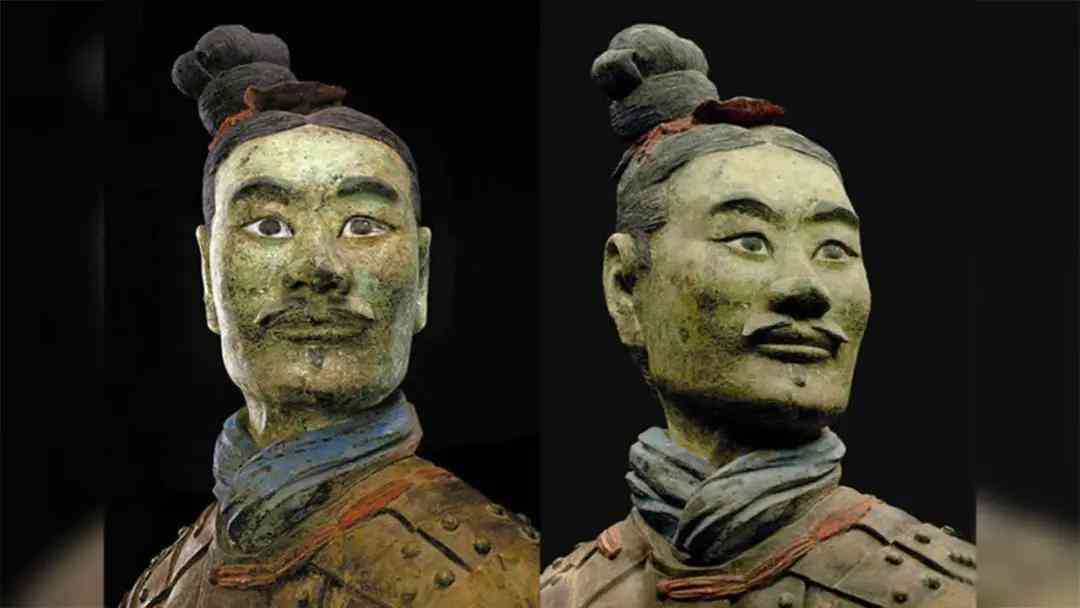
4- Different physical details even anthropomorphic animals
5- The army was equipped with original weapons made of bronze
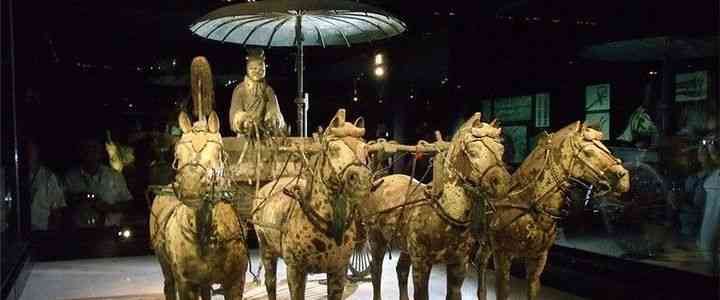
All those wonders in these statues make it more difficult for artists and workers, but it is more creative and powerful than the traditional methods of statue making.
- Technology to save statues from damage
In the beginning, scientists found colors on the statues, and this was a miracle, so how could a statue of more than 2000 years old preserve the color, the funny thing is that the statues were in good condition before human intervention, extracted and placed in museums, the statues began to lose their color, but humans intervened again, but to fix the matter Using restorers.
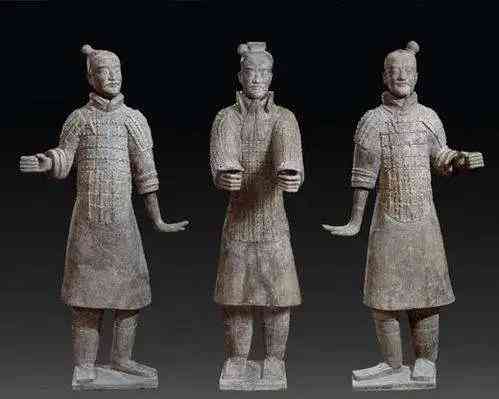
It is said that the statues were painted with superior technology to protect them, and there are hypotheses that the type of soil helped this.
Thanks for reading!
Source:
[1] Arabibost, ( 2020/11/21), “An entire army buried with the emperor to protect him! What do you know about the Chinese Terracotta Army?”, Retrieved: https://arabicpost.net/
[2] https://www.sohu.com/a/411754451_100295163
[3]https://www.travelchinaguide.com/attraction/shaanxi/xian/terra_cotta_army/mausoleum_1.htm
Recommended reading:
